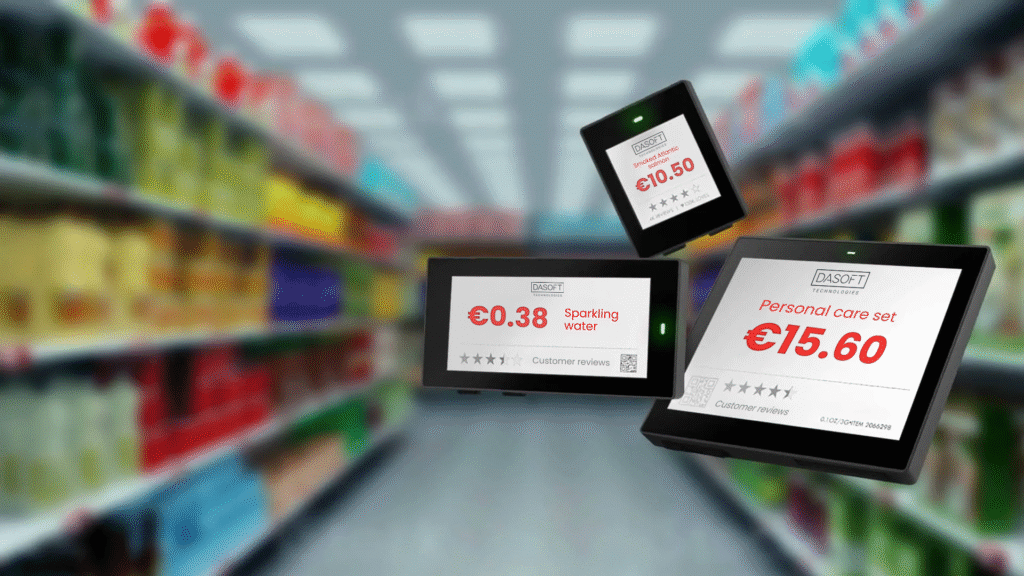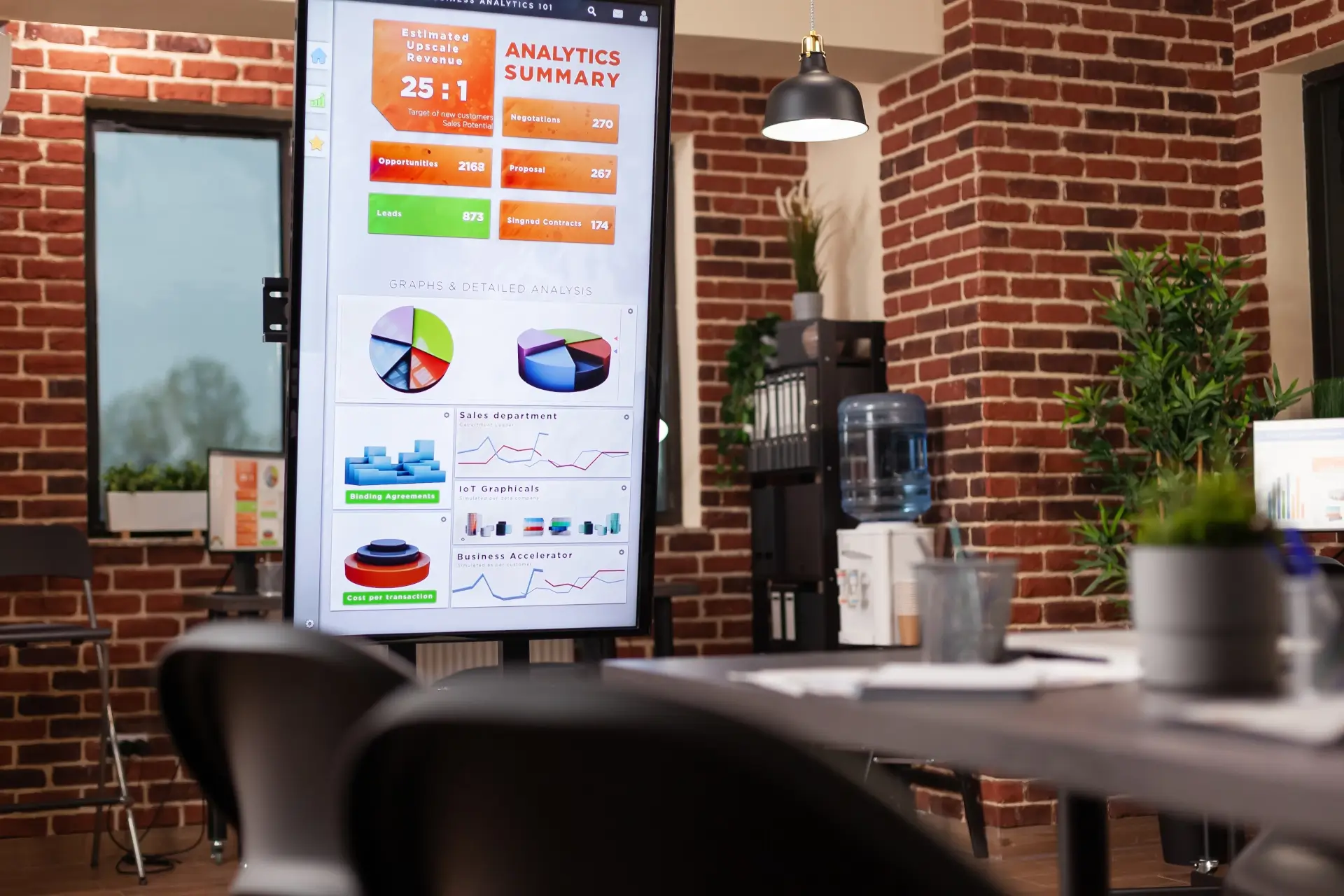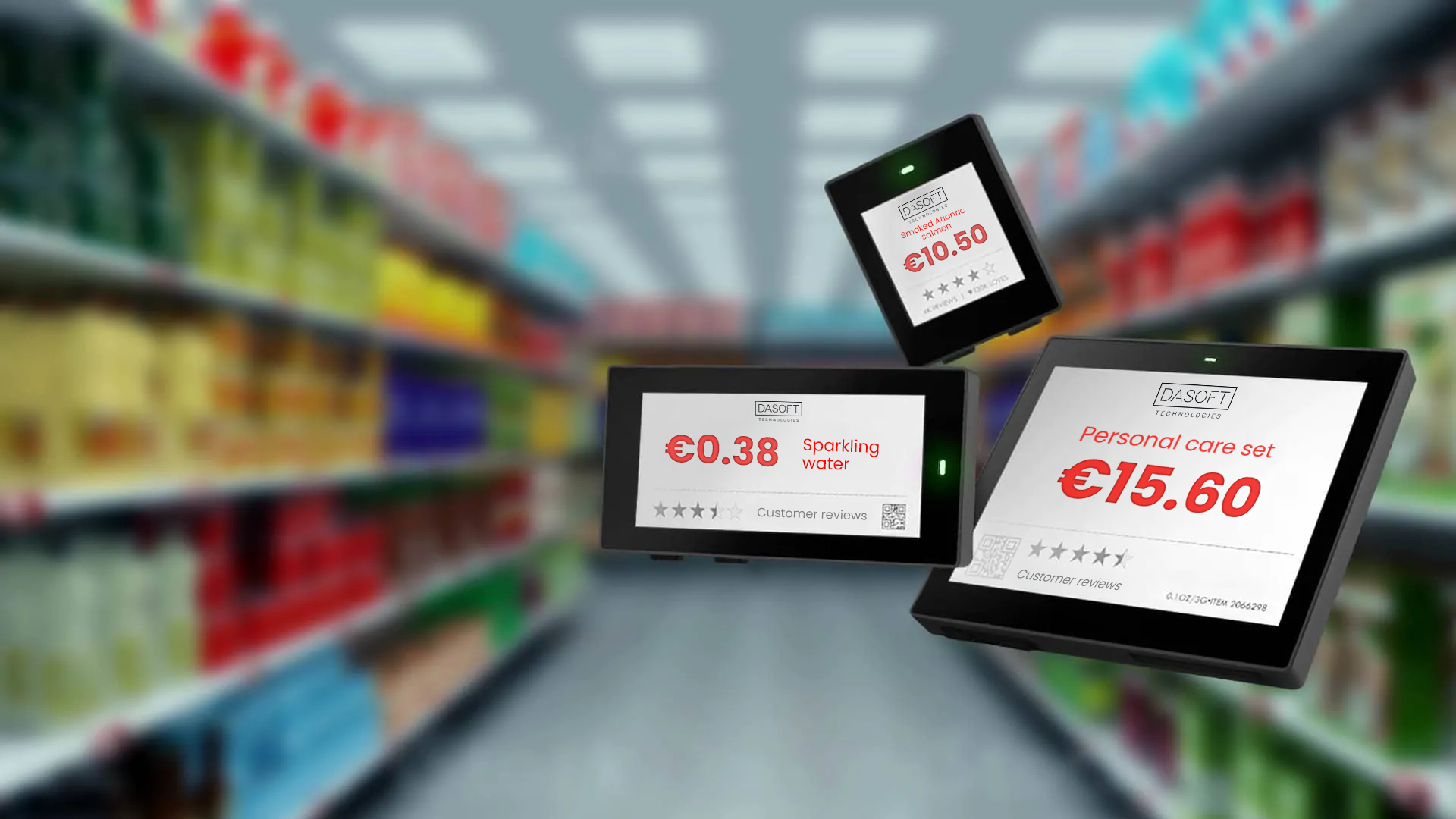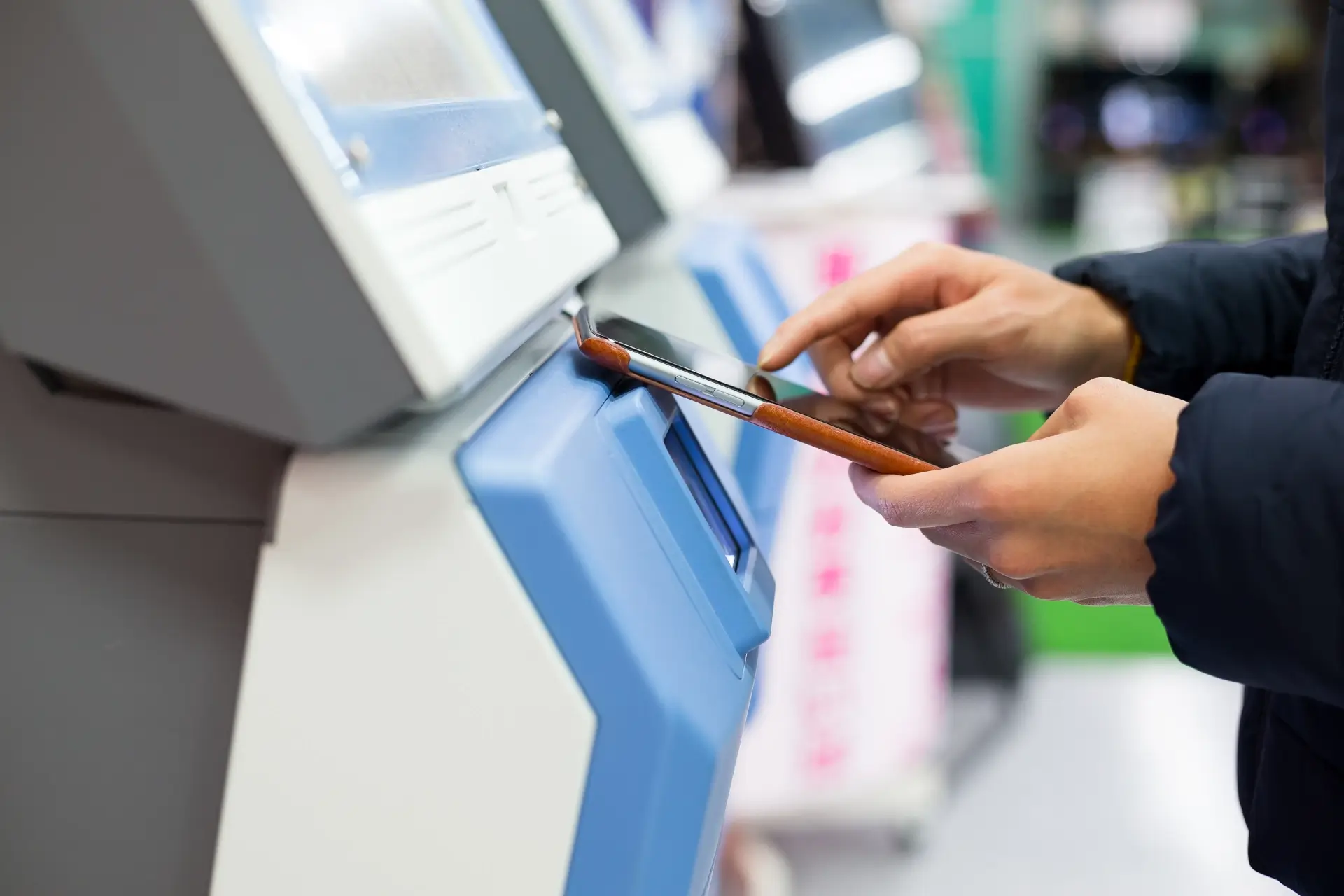Electronic Shelf Labels (ESL) are an innovative solution increasingly replacing traditional paper price tags in retail stores. They enable automatic, precise, and staff-free updates of product information, significantly streamlining daily operations. As customer expectations rise and retailers need to react quickly to price changes, ESL systems are not just a convenience but a necessity in modern retail. In this article, we’ll explain what Electronic Shelf Labels are, how they work, what benefits they offer, and why they’re becoming so popular in the retail industry.
Spis treści
- 1 What Are Electronic Shelf Labels? A Modern Alternative to Paper Price Tags
- 2 How Do Electronic Shelf Labels Work? Step-by-Step Operation
- 3 What Does an ESL System Consist Of? Technical Components and Infrastructure
- 4 Types of Electronic Shelf Labels– How to Choose the Right One for Your Store
- 5 ESL in Retail – Use Cases and Deployment Examples
- 6 Why Are Electronic Shelf Labels Gaining Popularity? Benefits for Retailers and Customers
- 7 Integrating ESL with Sales Systems– How Price Synchronization Works
- 8 How to Implement an ESL System in Your Store? Practical Tips and Best Practices
- 9 The Future of Electronic Shelf Labels– New Features and Development Directions
What Are Electronic Shelf Labels? A Modern Alternative to Paper Price Tags
Electronic Shelf Labels (ESL) are digital displays mounted on store shelves that automatically show current prices and product details. They’re a modern, increasingly popular alternative to traditional paper tags, which require manual replacement each time a price or offer changes. Thanks to wireless technology, ESLs update in real time without any need for staff intervention.
While their main role is to display prices, ESLs can do much more. Screens can also show product names, units of measure, barcodes, discounts, and even stock availability. All of this happens automatically thanks to integration with the store’s sales system or database.
The biggest advantage over paper labels is the ability to respond instantly to changes—like flash promotions, simultaneous price updates across multiple locations, or immediate adjustments to match competitors. In the age of dynamic, omnichannel retail, speed and accuracy of information are critical advantages that drive sales results and customer satisfaction.
ESL technology is also valued for its reliability, readability and modern look. Thanks to e-paper or LCD screens, information is clear from every angle and in all lighting conditions. This not only keeps the store organized but also builds a professional, modern brand image.

How Do Electronic Shelf Labels Work? Step-by-Step Operation
Electronic Shelf Labels rely on wireless communication with a central management system, enabling remote updates of shelf information. The whole process is fully automated, happening in a few simple yet precise steps, allowing for instant price, description or promotion changes without manual labor.
The first element is management software—usually integrated with the store’s POS (Point of Sale) or ERP system. This holds data about products, prices, promotions and inventory. Changes made in the system are automatically pushed to all assigned labels in the store. The information reaches the labels via wireless signals—typically radio or Wi-Fi—sent through a gateway that manages communication between the server and the labels.
The labels themselves feature ultra-low-power displays, often using e-paper or e-ink technology. These screens consume power only when updating, allowing them to run for years on a single battery. The content displayed can include not just the price but also product codes, names, promotions, brand logos, and even QR codes.
Depending on the retailer’s needs, the system can update labels individually, in groups or across all locations simultaneously. This allows for instant responses to market changes, seasonal sales or promotions run both online and offline. No more printing, cutting, or manually placing new tags—saving time, reducing errors and boosting operational flexibility.
Electronic Shelf Labels are a prime example of using automation and modern technology to optimize retail processes, combining easy management with professional presentation and information accuracy.
What Does an ESL System Consist Of? Technical Components and Infrastructure
An ESL system isn’t just the labels on the shelves. It’s a complete technological infrastructure with both hardware and software components for managing data, communication and integration with the sales system. For reliable operation, all parts must work together in real time.
The most visible part is the electronic labels themselves—small devices with displays (usually e-paper or e-ink) showing price and product data. They come in various sizes and shapes depending on the product type. Their big advantage is low power consumption—displays don’t need power to maintain an image, only to change it, so they can last for years on a single battery.
Another key component is the gateway—a device responsible for wireless data transfer from the management system to the labels. A single gateway can communicate with hundreds or even thousands of labels simultaneously, ensuring smooth updates and consistent information throughout the store. It typically uses dedicated radio frequencies or Wi-Fi for reliable transmission in large retail spaces.
At the heart of the system is the ESL management software, integrated with the store’s database, POS or ERP. This software holds all the product information linked to specific labels. It lets you design label templates, schedule updates, manage promotions and monitor device status. It’s often cloud-based, making it easy to manage multiple locations from one central panel.
The system may also include scanners and configuration devices used during installation or relocation, plus mounting accessories like brackets, rails or frames to fit different shelving types.
Proper design and deployment ensure the system runs seamlessly even under heavy use. For customers, it’s invisible—but for store operators it’s a powerful tool for managing sales, logistics and product presentation with consistent, up-to-date and professional results.
Types of Electronic Shelf Labels– How to Choose the Right One for Your Store
Electronic Shelf Labels come in many variations, letting you precisely tailor them to your store’s needs, product types and customer expectations. Choosing the right type is not just about aesthetics—differences in display technology, extra features and mounting methods can greatly affect ease of use and pricing efficiency.
The most popular are e-paper (e-ink) labels. Similar to e-book readers, they offer excellent readability even under bright store lighting and extremely low power usage. E-paper doesn’t emit light, so the display looks natural and is easy to read from any angle. These labels typically show price, product name and code, but can also include logos and simple graphics.
For stores wanting to highlight promotions dynamically, color e-paper labels (usually three-color: black, white and red or yellow) are popular. Color draws attention to discounts, seasonal items or new arrivals. They cost more than standard black-and-white models but strongly support in-store marketing.
Some setups use LCD labels that emit their own light, making them ideal where very fast updates are needed—like in warehouses, cold storage or poorly lit areas. They offer high contrast but use more power, requiring more frequent battery changes or fixed power connections.
Labels also come in different sizes—from tiny ones for small items to large formats for big products or special departments like appliances or electronics. There are also specialized models resistant to moisture, temperature changes or contact with fresh products—used in grocery, bakery or frozen sections.
When choosing ESLs, it’s important to consider not only appearance but also functionality, durability and integration with your store systems. Well-chosen labels are not just practical price management tools but part of the store’s professional, modern image.
ESL in Retail – Use Cases and Deployment Examples
ESL systems are gaining popularity in retail thanks to their flexibility and ability to automate price and product information management. They’re used in both large retail chains and smaller specialty stores. Their role goes far beyond showing price—they support logistics, marketing and better customer experience.
Grocery stores and discounters use ESL to instantly update prices across multiple locations, which is crucial for frequent promo changes and dynamic sales campaigns. Staff no longer have to replace hundreds of paper tags manually, saving time and reducing pricing errors. Labels can also display expiry dates, country of origin or allergen information—important for consumer safety.
Electronics and appliance stores, with many technical specs and frequently changing prices, use ESL to show not only price but product features, stock levels and warranty options. They can sync with warehouse systems so customers can check availability at other locations or online.
Clothing stores benefit from easy updates for new collections and sales without burdening sales staff. Promotions can be rolled out simultaneously across all locations for consistent brand messaging. Pharmacies and cosmetics retailers use ESL to ensure precision, compliance and clear information. Labels can show ingredients, interactions, recommendations or QR codes linking to online descriptions or customer reviews.
DIY stores, home goods shops and wholesalers also adopt ESL, handling diverse assortments with prices that change seasonally or depend on suppliers and currency rates.
These examples show ESL isn’t limited to one sector. Its universality, scalability and integration options make it valuable for any retail model where up-to-date, precise, efficient and customer-friendly information matters.
Why Are Electronic Shelf Labels Gaining Popularity? Benefits for Retailers and Customers
The growing interest in ESL is no accident. This technology meets clear needs in modern retail, offering benefits that are hard to achieve with traditional paper tags. Retailers and customers see the advantages almost immediately after implementation.
For store owners and managers, automation of price changes is a major benefit. Traditionally, updates require printing and manually placing new labels—a slow, costly and error-prone process.
With ESL, a single change in the sales system instantly updates prices on all assigned products, even across multiple locations. This cuts labor costs and enables lightning-fast reactions to market changes, promotions or competitor pricing.
Error reduction is another key advantage. Price mismatches that cause complaints, customer frustration and financial losses are eliminated. Shelf prices always match the register, boosting trust and professionalism. Additional details like product descriptions, units of measure and availability help customers make informed choices without asking staff.
For customers, ESL means clarity, transparency and accuracy. Labels are easy to read in any lighting or angle, with colors or icons to highlight promos or discounts. Advanced deployments include QR codes linking to online descriptions, reviews or purchase options.
There’s also an environmental benefit. Eliminating paper tags and frequent printing cuts resource use and waste. This aligns with sustainability goals increasingly important to businesses and conscious consumers.
Overall, ESL systems don’t just improve store operations—they elevate customer service and strengthen a brand’s modern, innovative image.
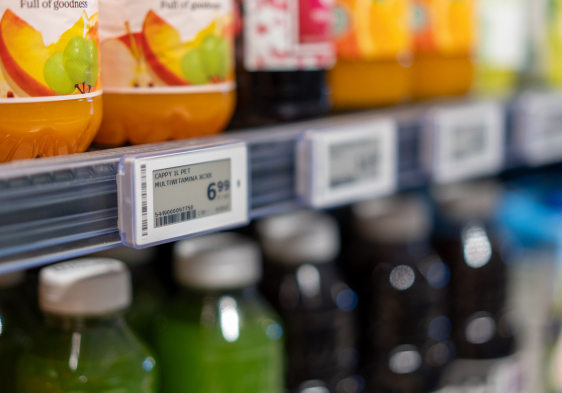
Integrating ESL with Sales Systems– How Price Synchronization Works
One of the biggest advantages of ESL is direct integration with sales systems, ensuring complete price synchronization between shelf and register. Any change in the central system is instantly reflected on all ESL tags, eliminating errors and ensuring consistent pricing throughout the store.
The process starts in the POS or ERP system, which manages product databases with names, codes, prices, units and descriptions. When a new price, promotion or assortment change is entered, the system sends it to the ESL server. From there, wireless transmission (usually radio or Wi-Fi) delivers the updated data to the gateway, which pushes it to the correct shelf labels.
The entire process is automatic and takes just seconds—no manual tag swaps needed. Integration also enables labels to show extra data like barcodes, stock levels, batch numbers or promotion status. Each label becomes a dynamic product information source helping both customers and staff.
Advanced systems even support contextual management—like updating prices only in specific zones, locations or hours, perfect for timed sales or seasonal promos.
This integration streamlines store management, improves pricing control and enables rapid market response. For customers it means every price on the shelf is current, accurate and trustworthy—building brand loyalty and enhancing the shopping experience.
How to Implement an ESL System in Your Store? Practical Tips and Best Practices
Rolling out an Electronic Shelf Label system is a project that requires careful strategy and solid technical preparation. While ESL technology is intuitive and easy to use daily, proper planning and integration with your existing sales system are essential to unlock its full benefits.
Step one is defining the scope of implementation. Decide how many products will use ESL, which departments will be included, and whether you’ll start with a single location or deploy chain-wide. At this stage, it’s smart to consult your technology provider—they’ll help choose the right label types (e-paper, color, LCD), gateway stations, and mounting accessories.
integration with the POS or ERP system
Next comes integration with the POS or ERP system. This is critical because ESL’s entire value lies in seamless data transfer from your central database. Good management software should let you design label templates, assign them to products, schedule updates, and monitor device status—all ideally in a user-friendly interface.
Then comes physical installation of labels and communication devices like gateways. It’s important to plan their placement for good visibility, stable mounting, and protection from damage or customer movement. Network configuration also matters, ensuring reliable, fast connections to every label.
Staff training is equally vital. Even though ESL systems are typically simple to operate, employees need to know how to assign labels to products, resolve common issues, and interpret data from the admin panel. Well-trained teams reduce errors and keep daily work smooth.
After installation and setup, it’s best to run test cycles to verify correct system operation—checking price consistency with the sales system, wireless communication quality, and label response times.
Many retailers choose a phased rollout—starting with high-turnover categories or selected departments. This lets them fine-tune the system before a full-scale launch.
A properly implemented ESL system delivers instant benefits: automated workflows, error elimination, better-looking shelves, and complete control over product information. But the key to success lies in thorough planning and careful execution at every step.
The Future of Electronic Shelf Labels– New Features and Development Directions
Electronic Shelf Label technology is evolving rapidly, moving far beyond simply displaying prices. As retail undergoes digital transformation, expectations grow for solutions that are practical, intelligent, integrated, and even interactive. The future of ESL combines advanced technology, real-time data, and an increasing focus on customer experience.
Interactivity is a major trend. More ESL models include NFC or smartphone communication modules. Shoppers can tap their phones to access detailed product info, reviews, instructions, or even buy online—perfect for an omnichannel strategy that blurs lines between physical and digital shopping.
Analytics features are also expanding. ESL systems can gather data on customer movement, product popularity, or dwell time at shelves. When integrated with Business Intelligence platforms, these insights can optimize shelf layouts, promotions, and inventory planning. ESL is no longer just a static label—it’s a dynamic data source driving better business decisions.
Dynamic pricing is another growth area. Integration with algorithms analyzing demand, availability, competition, or seasonality lets prices update automatically—even multiple times daily. While e-commerce has used this for years, ESL brings real-time pricing to physical stores.
Sustainability is also in focus. Manufacturers are developing even more energy-efficient and biodegradable materials. New generations of displays will be lighter, clearer, more durable, and more environmentally friendly—meeting consumer and regulatory expectations for greener retail.
Finally, ESL use is expanding beyond traditional retail. You’ll find them in logistics, warehouses, distribution centers, even pharmaceutical and medical environments where precise, up-to-date data is critical.
In short, the future of Electronic Shelf Labels isn’t just about convenience—it’s about strategic competitive advantage. As automation, personalization and analytics become essential to retail, ESL will transform the humble store shelf into an intelligent, data-driven communication hub.
